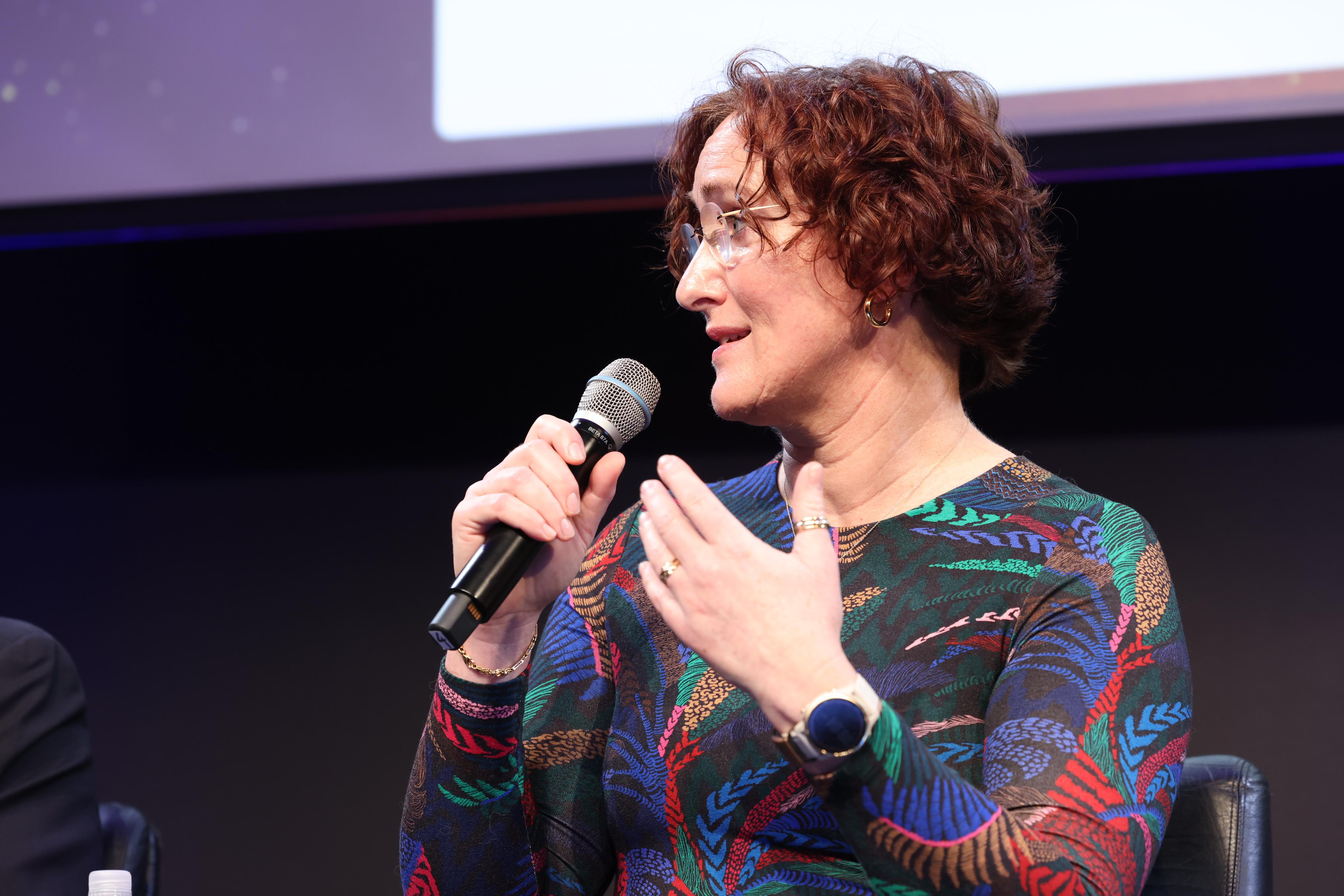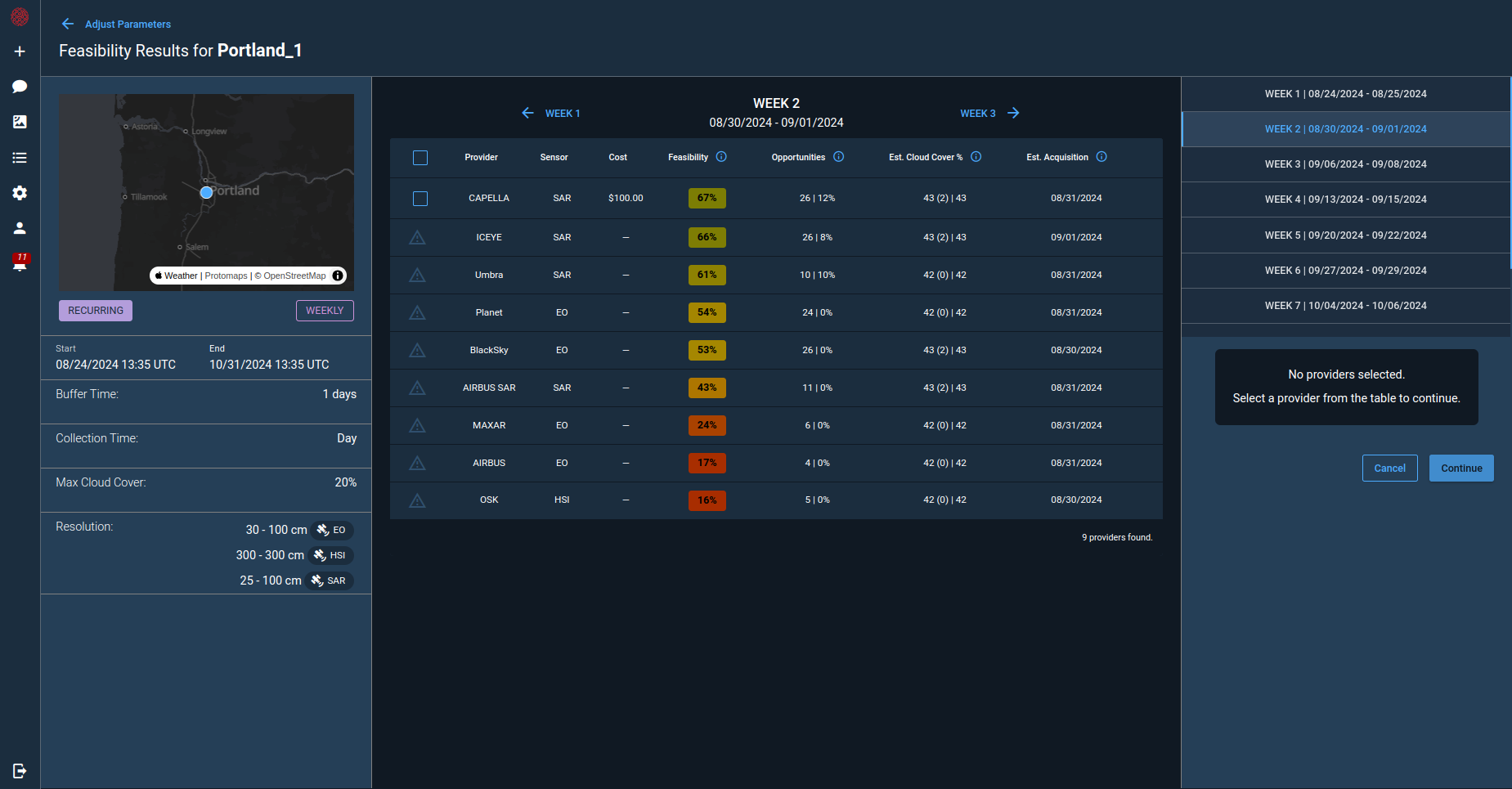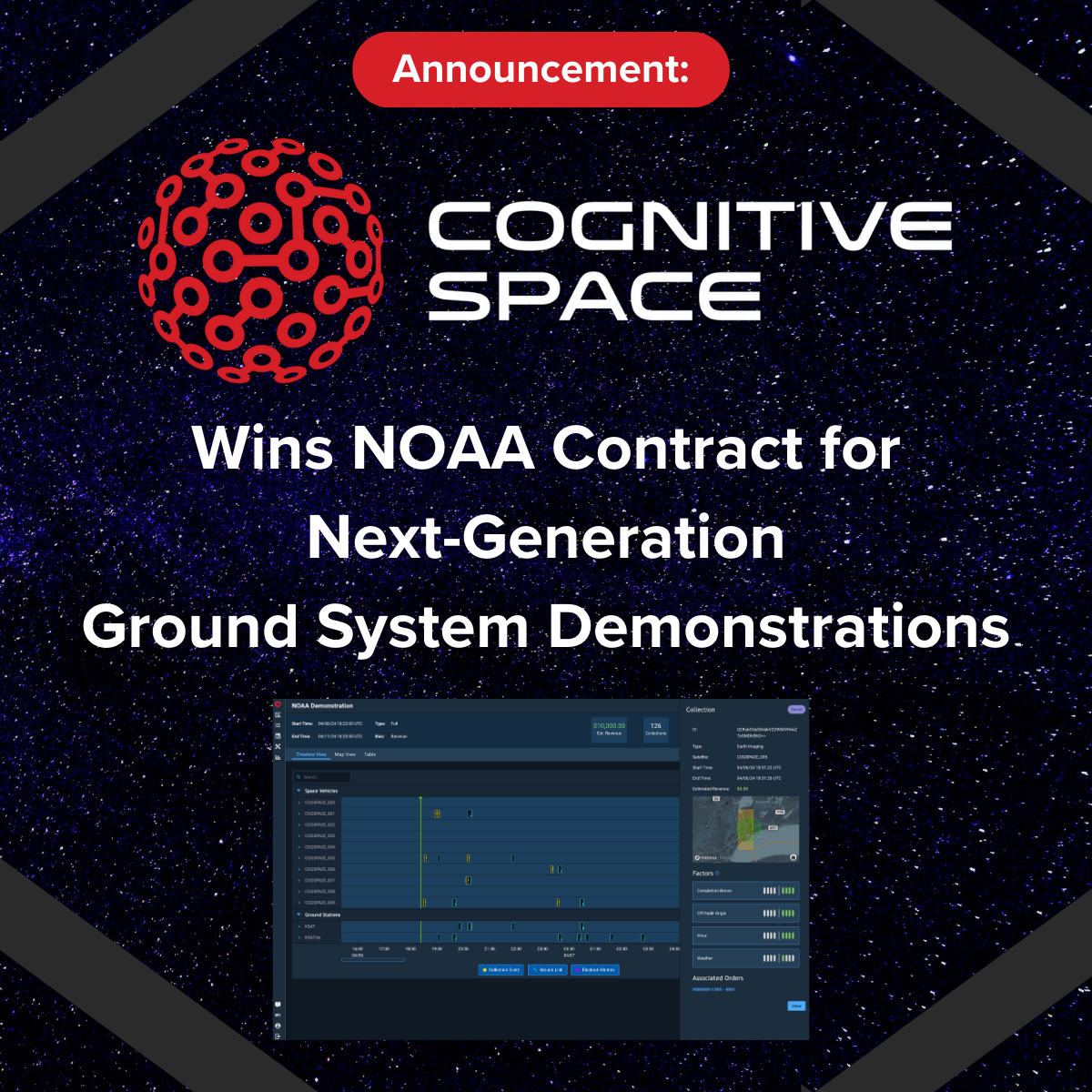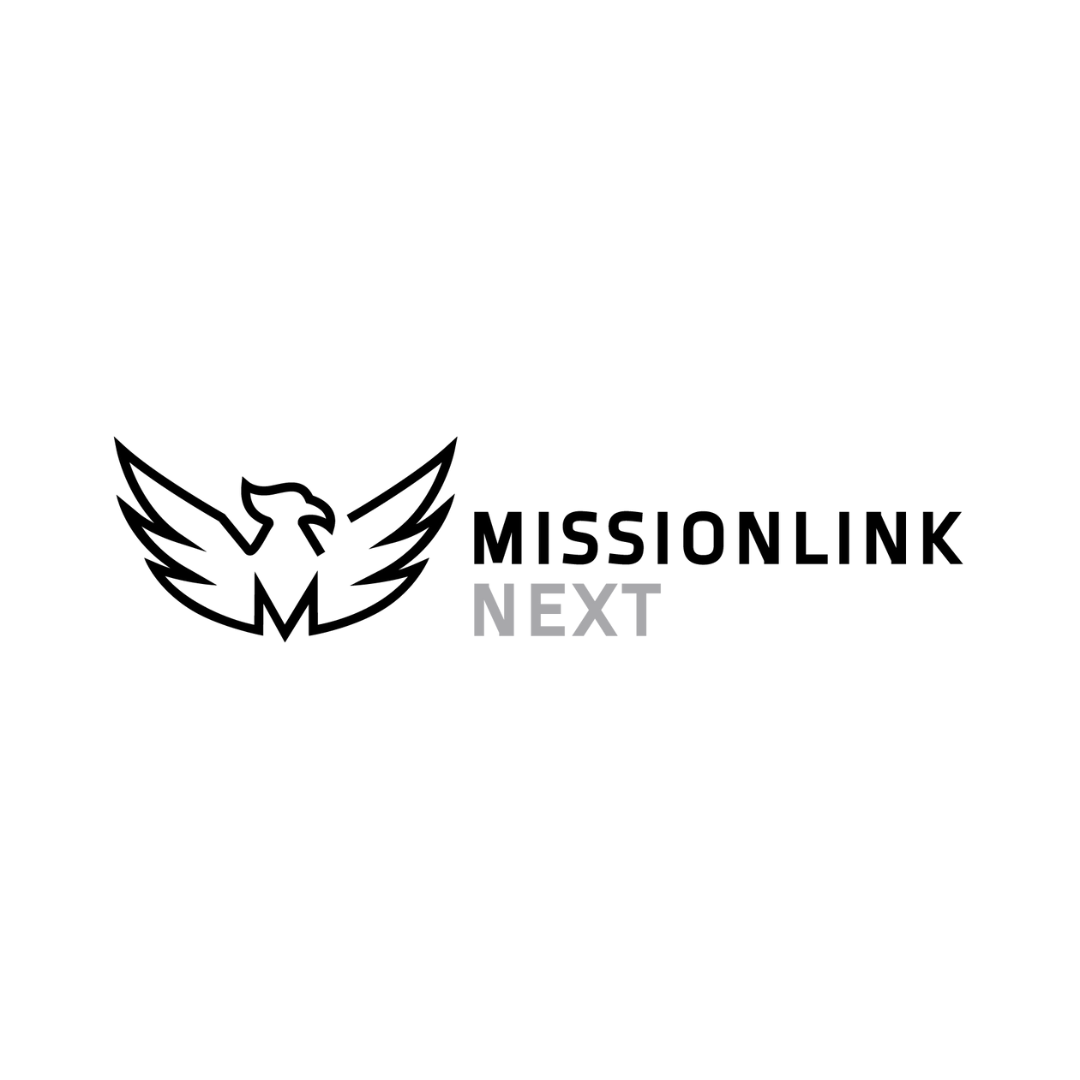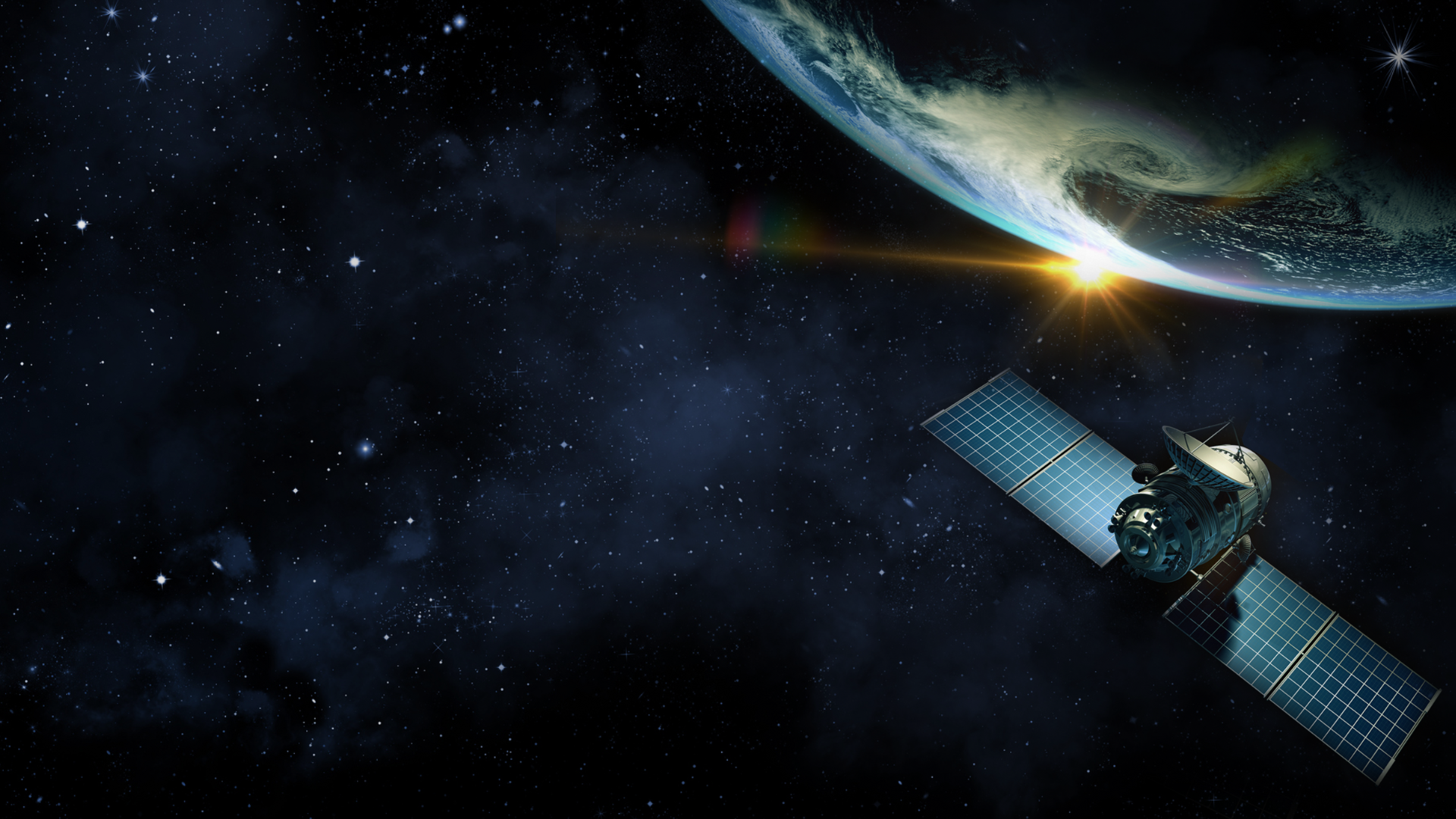A Recap of SmallSat Symposium 2024
When business strategy and advanced technology collide, innovation flourishes. The SmallSat Symposium offers an opportunity for industry professionals to discuss and navigate the shifting landscape of the SmallSat market amidst predictions of significant change in 2024.
During the 2024 SmallSat Symposium, Cognitive Space President and COO, Hanna Steplewska had the pleasure of sharing her industry insights on the panel discussion “Crunching EO Data: ML, AI and Cloud Tools”. Joined by fellow industry leaders and moderated by Dr. Eric Anderson, President of And One Technologies, the discussion explored the practical application of Ml, AI and cloud tools in the satellite industry currently, and in the future.
Here, we have provided an overview of Hanna’s contributions to the panel discussions and the questions posed during the event.
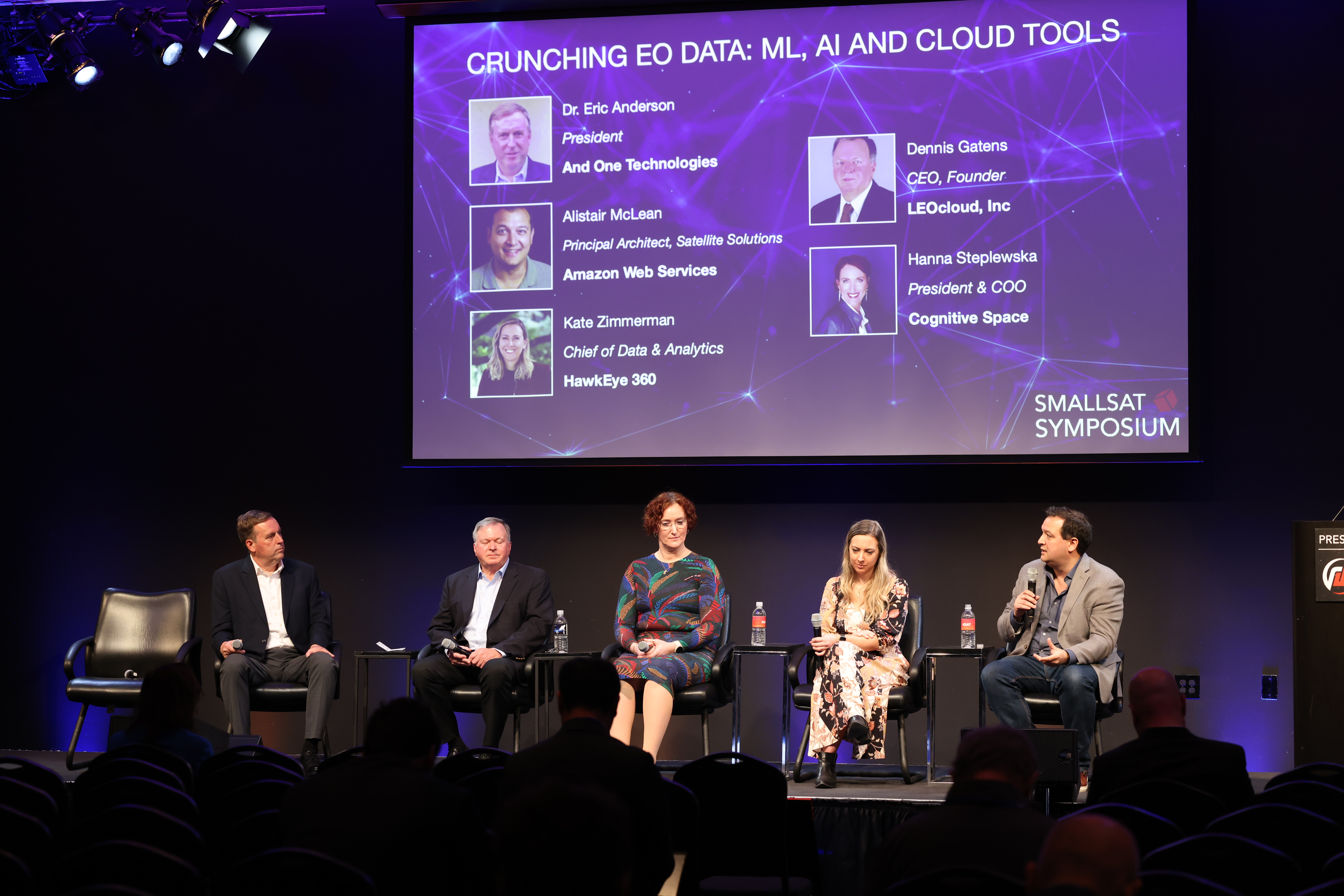
What are the challenges you hear from customers and the market? How does that feedback inform the development of your cloud AI/ML solution?
What we commonly see with customers is that there is a lot of friction within the process of acquiring data. Constellation management today largely relies on manual decision-making for tasks that have a varying number of parameters and variables attached to them, which only lengthens the process. Customers frequently encounter difficulties in identifying suitable providers, evaluating feasibility, and efficiently managing timelines. These challenges result in prolonged communication through emails and phone calls, as well as operational bottlenecks and delays.
Is there a promising application for AI/ML like ChatGPT in satellite earth observation?
The utilization of ChatGPT and other models for conducting natural language searches within archives and addressing task-related queries is very promising.
For instance, Danti, a large language model built on ChatGPT, specializes in examining geospatial archive holdings. It effectively interprets natural language queries related to geospatial data, providing results tailored to the needs of geospatial professionals. By asking questions in everyday language, such as inquiring about the availability of imagery across various sensors over a specific area and time frame, users can obtain relevant and accurate results. This application streamlines the interaction with satellite earth observation data, making it more accessible and user-friendly for professionals in the field.
Can you share a use case where you have applied AI/ML running on cloud services with a customer?
Based on discussions we’ve had with satellite constellation operators, it’s become evident that once they reach around 4 or 5 spacecraft, the human involvement in decision-making becomes overwhelmed by the sheer volume of orbits and order stacks. This is precisely where AI and ML step in, enabling automated decision-making for the prioritization of data collection while optimizing resource allocation, thereby driving revenue and achieving KPI outcomes for the business.
When working with one commercial constellation operator, we ran our AI/ML dynamic tasking solution, CNTIENT.Optimize, in parallel to their existing flight operations software through a systematic “shadow operations’’ approach. This method helps to build trust in the system and create a more seamless onboarding process. With the implementation of CNTIENT.Optimize, we observed a time savings of 87% in collection planning per operator per week. Also, in a high-density target region, our AI-driven collection plans typically outperform traditional heuristics algorithms by as much as 4x.
How do you deal w**ith concerns like model provenance and security hallucinations?
We hear a lot of questions from our customers on how the model was trained, the dataset utilized, and why the model is behaving in a certain way. It’s our job to create transparency with the client and walk them through how and why the model does what it does.
How is processing onboard satellites useful?
Having been witness to multiple satellite failures in the past followed by days of stressed engineers trying to pinpoint where the failure occurred and how to mitigate the issue so that the mission can continue, it would have been really powerful to have insights into system health similar to what aircraft manufacturers have.
We can’t continually receive data from LEO satellites like Boeing can with their aircraft in flight, but we can collect enough telemetry data for predictive AI and ML to flag anomalies or potential points of failure before it becomes an issue, rather than after. That would be a game-changer.
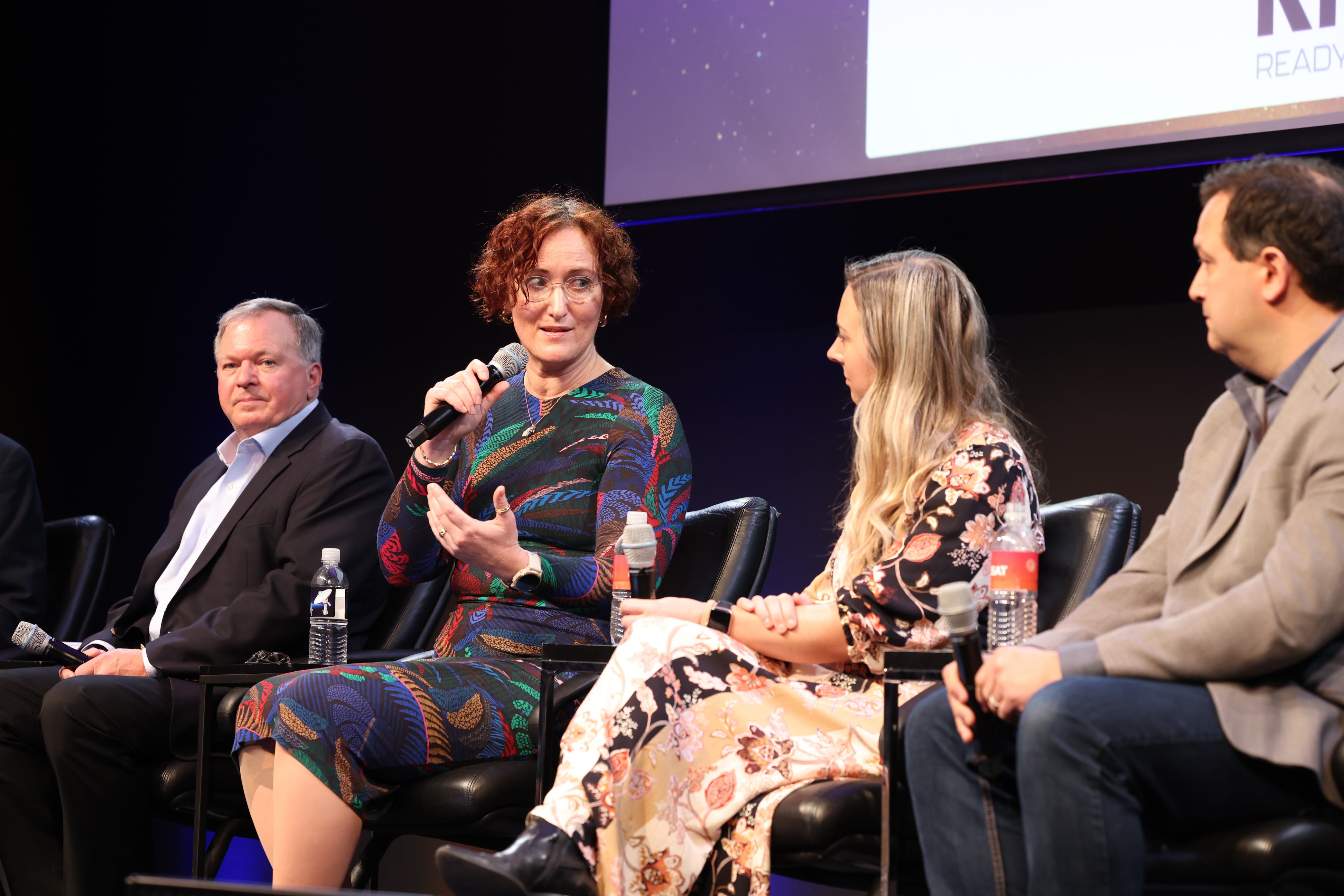
In the present, are you seeing machine-to-machine AI interactions happening with your customers?
Yes. Through our product CNTIENT.Optimize, we employ AI and ML to automate complex decision-making processes and dynamically adapt to evolving conditions, making the satellite constellation management process more efficient. When the data produced by CNTIENT.Optimize is subsequently transmitted to a provider utilizing an AI/ML engine to manage a significant portion of system tasking, a machine-to-machine AI interaction occurs, although human oversight remains a part of the process.
In 2024, what’s the new thing you’ll provide?
High confidence in the feasibility of data collection that is available to customers.
Contact Cognitive Space to automate your satellite operations.


